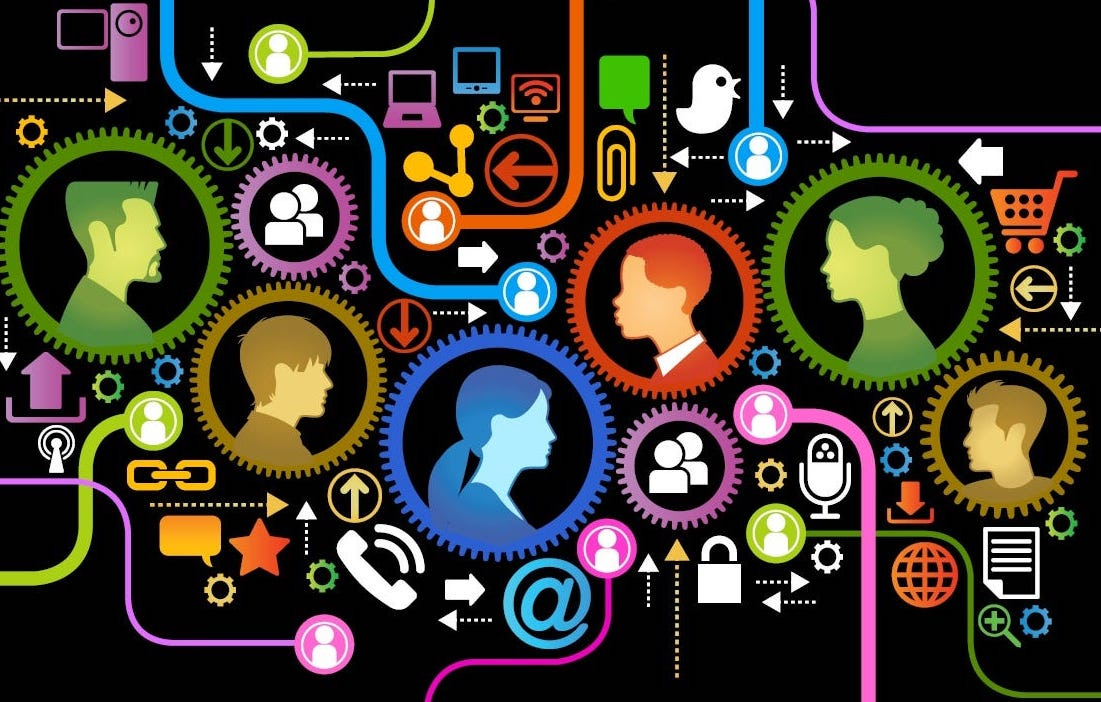Community Analytics Playbook
How healthy is your community?
Overview
Community analytics provides crucial data-driven insights that enable community managers to optimize community performance, enhance user experience, and achieve their community goals. I’ve long been interested in community as a catalyst for human well being and connection and learned about to measure community health from several communities include OnDeck, Fractal, RepresentUs, and The Commons.
Metrics
North Star:
WAU / Total # Members: % of members that were active in the last week
Community Size
members, % member growth L7 days, WAU, WAU / Total # Members
Communication
% members no engagement, % members active engagement
% of activity in public / private channels, % of activity in DMs
Event Data
Frequency of events: # events a day, # events a week
Event type breakdown
Event attendance breakdown: # events getting no attendees, a few attendee, more than a few attendees
User engagement breakdown: % of users going to no events, just one event, several events
User Demographics
User breakdown by interest, location, age, gender
User account age breakdown
Insights
User Journey and Engagement
Track the users through their user journey, from joining the community to engaging in proper channels and taking small level actions.
Let those who contribute take on a role in the community and reward them through appreciation or privileges.
Aim for a healthy amount of engagement in public channel posts, while also encouraging communication among members through DMs.
Personalized Matching and Subcommunities
Consider matching people based on their actions, such as events they join and their engagement level.
If the community becomes too big, create subcommunities based on interests or the time they joined the community.
Communication and Interaction
Ensure there is a clear point of contact for each person.
Continuously monitor and analyze how the community is changing over time in terms of interests, events, and usage patterns, and adjust strategies accordingly.


